Why is Nature Play so important?
The importance of nature in play across all developmental areas cannot be understated and our belief in this is evident throughout our setting. From creating our own tactile learning resources using natural materials, to incorporating natural materials into our environment as much as possible. We even bring nature inside our classrooms!
Reggio Emila , Montessori, Scandinavian and Finnish schools in particular all consider nature and the use of natural materials to be an important element in their respective models. Finnish schools place more emphasis on spending time outdoors whilst Montessori sees the importance of the use of wooden resources.
Being an international kindergarten in Bangkok, a city with very limited green space, creating our own oasis of greenery and jungle is even more important to us.


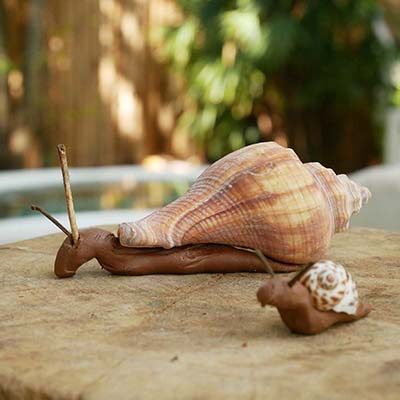
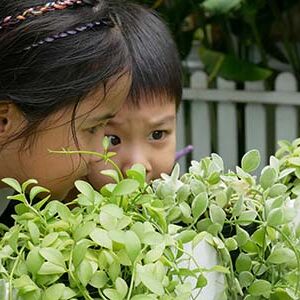
What are the benefits of 'Nature Play'?
- Improved cognition and thinking
- Improved focus
- Increased Confidence
- Developed Collaborative Skills
- Reduced anxiety
- Improved mindfulness
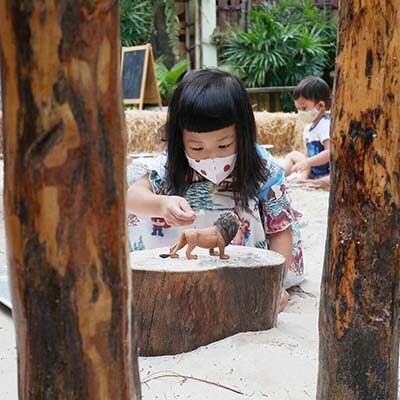
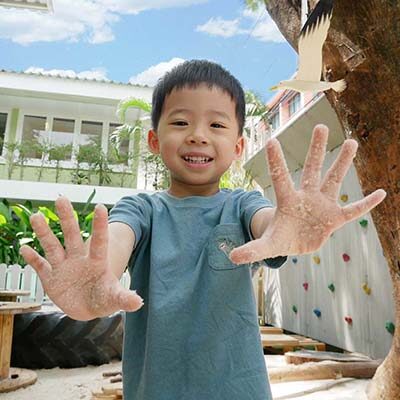

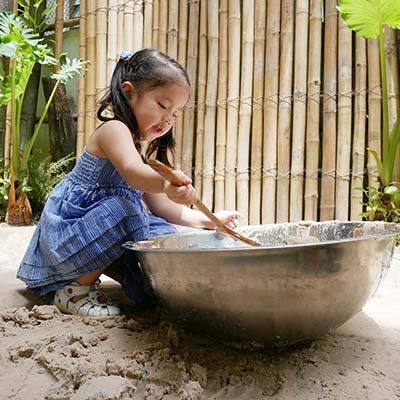
At BEYC we ensure the play opportunities outside the classroom mirror those found inside the classroom. Outdoor play is timetabled as equally as indoor play.
We try to up-cycle and make as many teaching resources as we can, pushing back against the need to use plastics. Natural materials such as wood, stone and fabrics offer the children a multi-sensory and open-ended experience. Montessori resources are used whenever we are unable to make our own!
